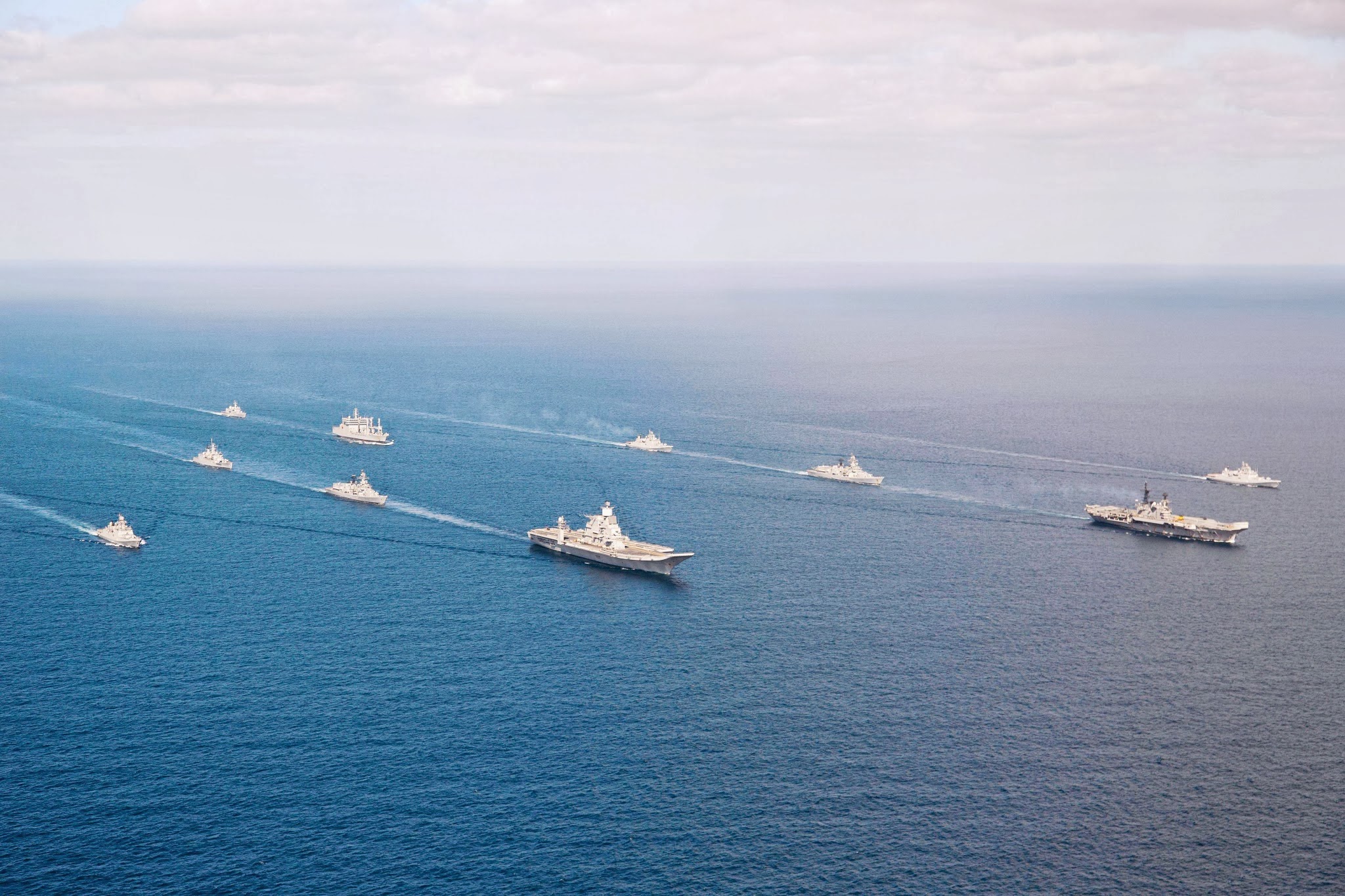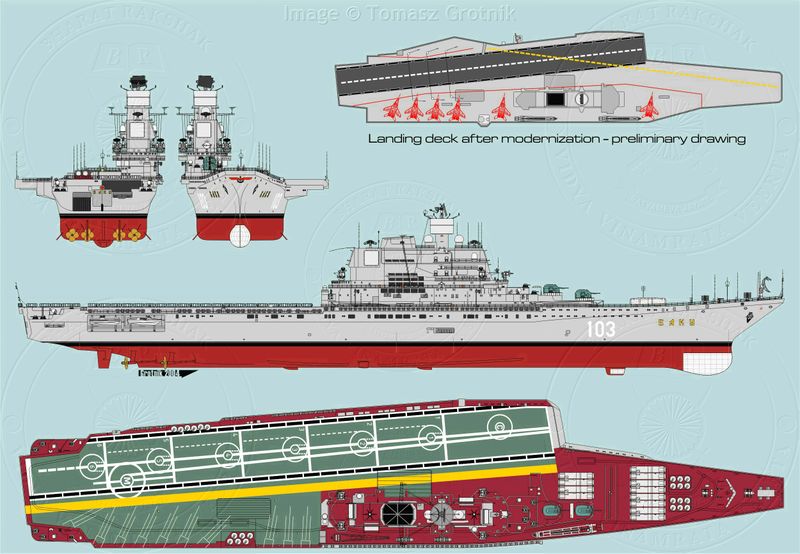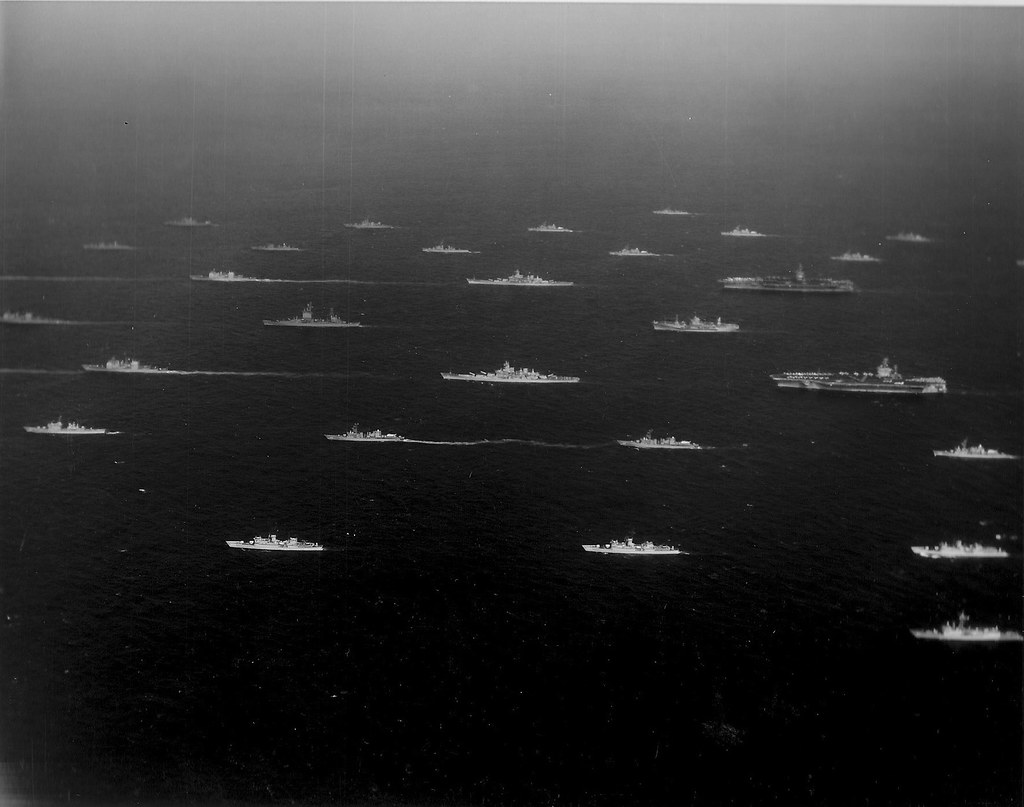Major Shaitan Singh
SENIOR MEMBER

- Joined
- Dec 7, 2010
- Messages
- 3,550
- Reaction score
- 43
- Country
- Location

What do you do when you want a new aircraft carrier for your navy within a decade, but your options are:
- Your local shipyards can get one ready after 20 years,
- There is no readymade carrier which you can buy,
- There are second hand carriers which you can buy but won’t be able to get more than 20 years life out of them
- Order a new carrier from the Italians or the Spanish as they are currently building their own light carriers.
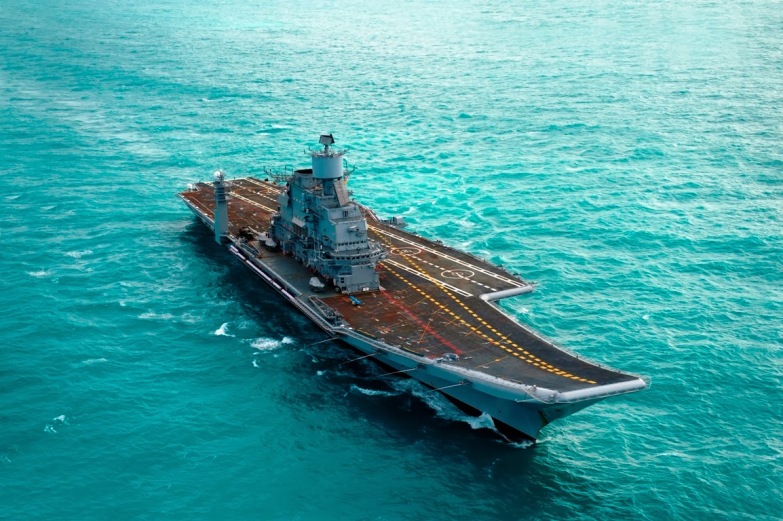
The Indian Navy faced this situation and wasn’t satisfied with any of the above options. They were already operating the second hand INS Viraat which had served them for 15 years and had completed nearly 50 years of total service. It just had a few years of life left and was becoming increasingly obsolete. With no other option, Indian Navy authorized the building of a carrier locally. But the construction would take 10 years to start, and once it started it would take 10 years to build the carrier and would be ready by 2017 as it would be India’s first attempt at building their own carrier. But India couldn’t wait 20 years for a new carrier and something had to be done to fill the gap when INS Viraat was scheduled to be retired by 2010. The blessing came in disguise ofAdmiral Gorshkov, which was a Soviet era carrier-cruiser laid to rust after a fire broke out in it just a few years after it entered service. In the ‘90s, Russia offered the entire ship to India for free and offered to refit it and modernize it. This suited Indian Navy’s requirements because, even though the carrier was technically second hand, it would undergo a massive refit which would replace 75% of the existing components and add new improvements and structures like a ski-jump. This would mean that after its refit, the Admiral Gorshkov would be 85% new.

Before (Admiral Gorshkov)
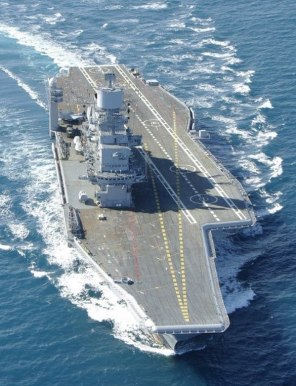
After (INS Vikramaditya)
The almost new ship would be christened INS Vikramaditya. Built according to Indian specifications, it would serve as the flagship of the Indian Navy. The ship was formally inducted in 2014 and is a part of the Western fleet. It is currently operationally deployed and the MiG pilots are conducting takeoffs and landings for the final deployment of the air wing. This will enable Vikramaditya to be combat capable by 2015. So what is there in INS Vikramaditya that makes it so powerful and special for India?

MiG-29K taking off
I’ll start with its air wing which is the heart of any aircraft carrier. It can operate a maximum of 24 MiG-29K and 12 helicopters like Ka-28/31, Dhruv, Seaking and Chetak. But the typical air wing which will be deployed consists of 16 MiG-29K and a mix of 12 helicopters. The Seaking can be used in Search&Rescue, transport and Anti-Submarine warfare roles. The Ka-28 is an Anti-Submarine Warfare (ASW) helicopter and the Ka-31 is an Airborne Early Warning (AEW) platform which provides over the horizon coverage. The Dhruv and Chetak are light utility helicopters. The main strike force will be the MiG-29K which is a medium multirole fighter which can perform Air superiority and ground attack missions. The MiG-29K will enable the Vikramaditya to conduct strikes on enemy shipping as far as 1000 km away using drop tanks and Kh-31/Kh-35 Anti-Ship missiles, rockets and bombs. It can also conduct combat air patrols hundreds of kilometers away as the MiG can carry buddy stores to refuel other MiGs in flight. Its primary air to air armament will be the R-73 and R-77 missiles. It offers more capability to the Indian Navy than the Sea Harriers. One MiG can do the mission of 3 Sea Harriers.

Ka-31

Ka-28
The one advantage of the fact that it is a modified Kiev class carrier-cruiser is the presence of a large island. This may look as if it is a waste of deck space, but it offers enormous space for extensive command & control facilities, radars, sensors combat systems and self defence weapons. Currently, Vikramaditya is left defenseless against air attacks due to the delay in procuring Medium range SAMs and Close In Weapon Systems (CIWS). It is scheduled to be fitted with the Israeli Barak-8 SAM during its first refit in 2017. Until then, it will have to depend entirely on its escorts for protection against aerial threats. It does have countermeasures and jammers which are used to confuse the enemy missiles and aircraft in case of an attack.
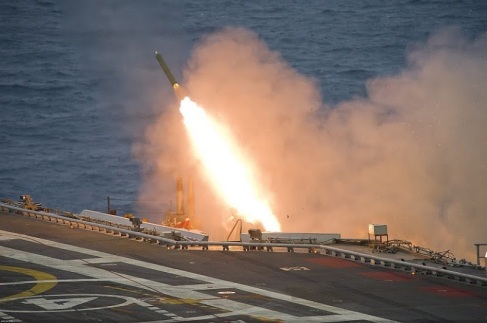
Pk-2 decoys being fired


